
HIV
Latest News

Latest Videos

CME Content
More News

A panelist discusses how the HIV patient population has aged significantly, with the average age in their clinic now exceeding 50 years and expected to soon exceed 65 years, and how these aging patients experience more comorbidities at younger ages than the general population while their HIV becomes easier to manage with simple regimens.

A panelist discusses how viral suppression in HIV patients means achieving undetectable virus levels (below 50 or 20 copies per ml), which prevents immune system damage and transmission to others, summarized as "undetectable equals untransmissible" (U=U).
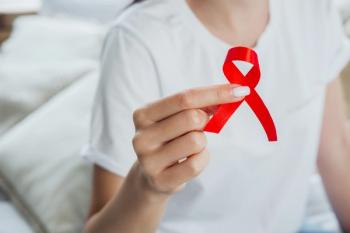
Improving adherence to antiretroviral therapy (ART) in youth living with HIV requires interventions that target both family dynamics and any underlying mental illness.

Benjamin K. Chen, MD, PhD, discussed the next steps after the results of his study in genetic tagging showed promise in targeting HIV cells.

Richard Hughes IV, JD, MPH, spoke about the upcoming oral arguments to be presented to the Supreme Court regarding the Braidwood case, which would determine how preventive services are guaranteed insurance coverage.
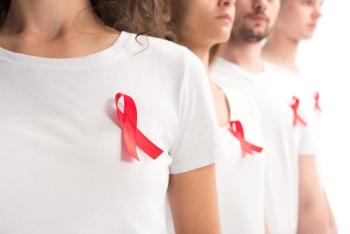
Women living with HIV in Canada were found to have worse wellbeing when they had adversities related to social determinants of health (SDOH).

Countries located in sub-Saharan Africa would be most affected by all funding cuts to the international HIV response.

The Trump administration has expressed interest in eliminating or changing the Division of HIV Prevention in the CDC, which could introduce gaps in addressing the HIV epidemic.
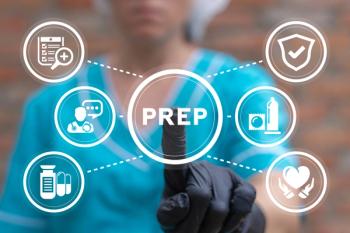
The HIV prevention division could be rolled into another department of the HHS as soon as the end of the week.
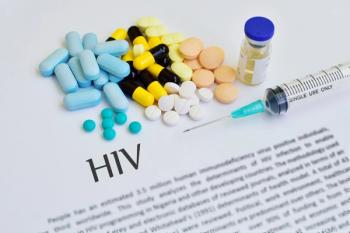
Cabotegravir was found to prevent HIV acquisition as a monotherapy pre-exposure prophylaxis (PrEP) and to treat HIV as a combination antiretroviral therapy (ART) in its long-acting injectable form.
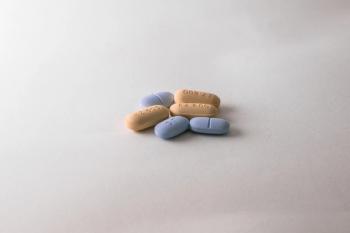
When patients switched to either fostemsavir or the combination of dolutegravir/lamivudine (DTG/3TC), suppression was maintained in most patients.

Offering mailed self-testing for HIV encouraged patients to test themselves for HIV but requires methods of improving adherence to follow-up.

The Conference on Retroviruses and Opportunistic Infections 2025 opened with a session dedicated to informing attendees about the progress, and lack of progress, that has been made in the fight against the HIV pandemic given the current political climate.
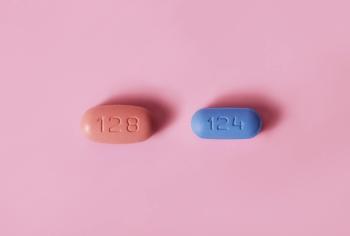
A survey of HIV health care providers in the US revealed the various approaches that providers took for prescribing antiretroviral therapy (ART).
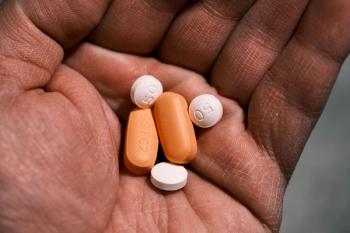
Adolescents who are treatment-naive had promising results when using dolutegravir/lamivudine as antiretroviral therapy over 48 weeks.
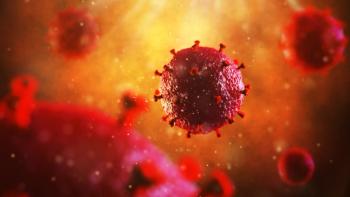
Engaging migrants in HIV care can help to meet the United Nations’ 95-95-95 goal in Australia.
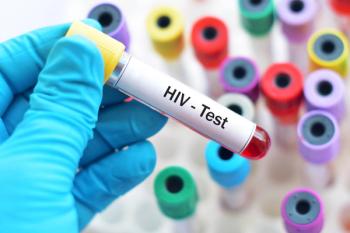
Increasing testing for both HIV and sexually transmitted infections (STIs) can help to mitigate the incidence of both in high school students.

HIV infections and deaths would increase dramatically should the United States cut back on funding for the President’s Emergency Plan for AIDS Relief (PEPFAR).
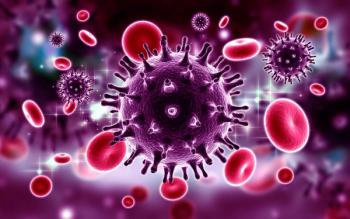
An overall increase in life expectancy was observed across all individuals living with HIV but disparities between gender groups persist.

Women living in rural Appalachia who are at high-risk of HIV had effective interventions delivered through Facebook.
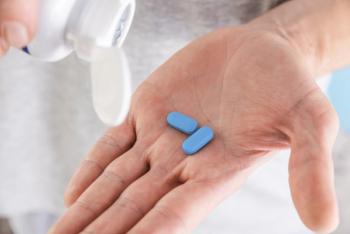
Pharmacy students primarily in the US had a shortage of tools to assess knowledge specifically of prophylaxis in HIV care.

Patients living with HIV who were frail or prefrail had significantly poorer oral health-related quality of life compared with patients with HIV who were robust.

In patients with HIV, alcohol reduction after a 6-month intervention and adherence to isoniazid had no effect on the high levels of viral suppression reported at baseline.

A meta-analysis found a low risk of HIV transmission in people taking antiretroviral therapy (ART) in high-income countries.

Real-world analyses have confirmed the efficacy of the 2-drug regimen of dolutegravir and lamivudine in treating HIV, confirming phase 3 testing results.



















































